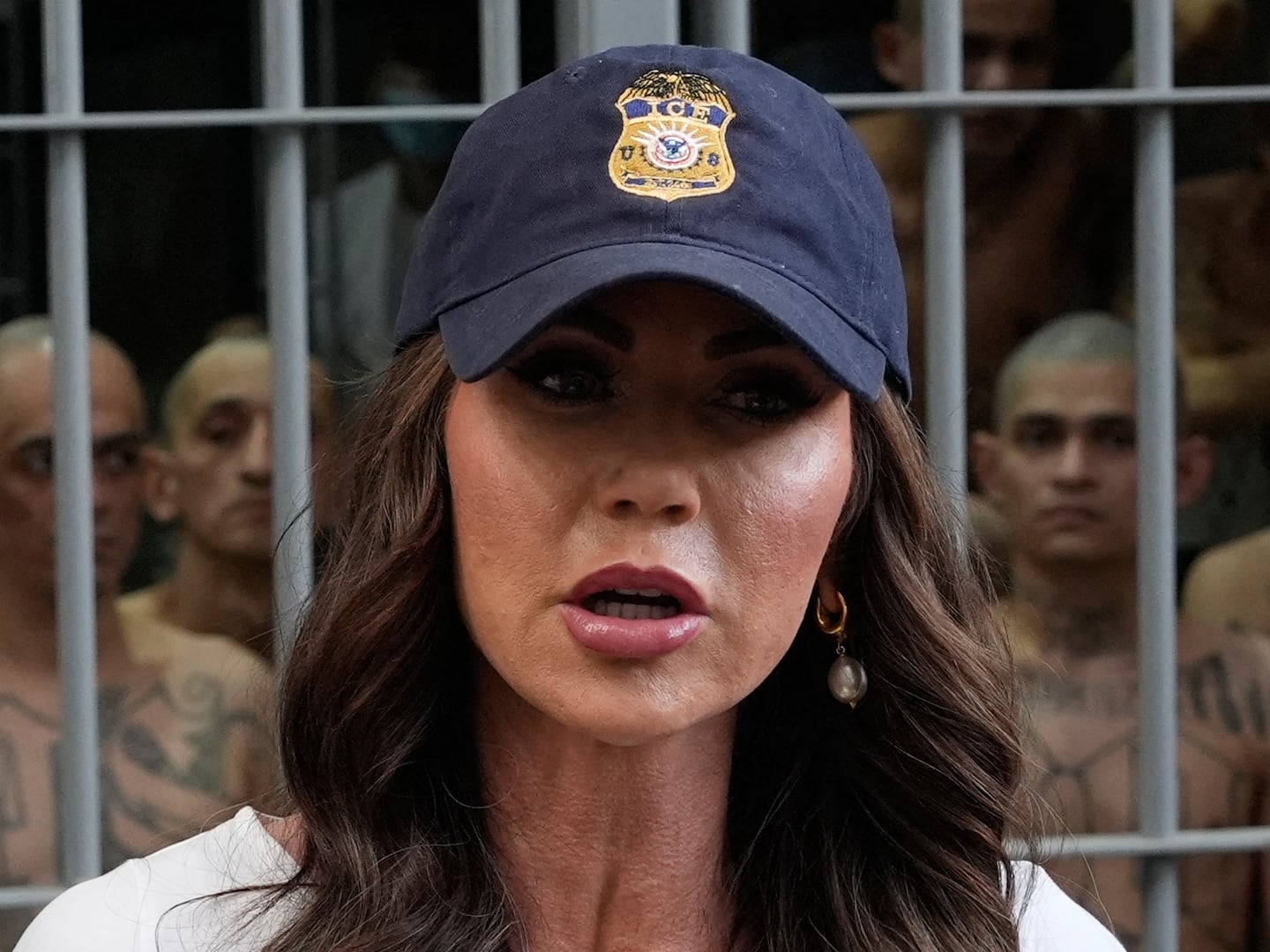On a typical day sailing through remote parts of Quebec aboard the M/V Bella Desgagnés, you will stop in multiple ports and watch the crew load and unload shipping containers packed with beer, food, medical supplies, trucks, snowmobiles, building material, and maybe even a mobile home or caribou shot by Indigenous hunters.
For people who crave water travel but abhor mainstream cruises, this mixed cargo/passenger ship delivers an adventure that can safely be praised as unique. Every Monday, the Bella leaves Rimouski near the mouth of the St. Lawrence River on a seven-day, 1,370-mile trip, stopping to deliver essential goods to 11 communities on the way to Blanc-Sablon and the same 11 on the way back.
“Provisioning, exploring,” is the company slogan and so make no mistake — cargo comes first and passengers must have flexible and adventurous spirits.
The Francophone, Anglophone, and Innu Quebecers who live along the Lower North Shore and Anticosti Island use the Bella as a ferry that connects their remote communities with the outside world. These residents tend to stay aboard only long enough to chill in airplane-style leather seats watching satellite TV, eat cafeteria poutine, and maybe overnight in a cabin where space is sold by the bed.
Tourists prefer all-inclusive round trips in private cabins with dining room meals. Some bring RVs or motorcycles to Blanc-Sablon, take a ferry to Newfoundland, explore the island and then catch a different ferry back to mainland Canada.
I am one of five tourists that sign on for a December voyage, mindful that the Bella often runs late due to the state of the sea so seven days may stretch into eight or nine. We are told to track the ship’s position on the Relais Nordik website. Captain Corey Deveau warns they occasionally skip ports and send passengers home by chartered bus or plane when they’re way behind schedule. It’s a slight letdown when we return precisely on time.

My cruise feels more unusual than most. June to September is high season with up to 100 tourists, quick tours of some communities, and the chance to buy Indigenous-made crafts on the wharf. May and June bring iceberg season and icebreakers that clear the Bella’s path. For a nominal fee, you can BYOB (bring your own bike) to explore the villages.
Winter is quiet — no tours or icebreakers, a few hundred locals travelling to play bingo, catch a hockey game or Christmas shop — and it gets dark ridiculously early. The Bella works 24/7 and so I miss most of the 22 stops because I’m sleeping or reluctant to wander around alone at night. A few villages are right by the wharfs, but many are miles away. There are no taxis and it’s damn cold.
Here’s another Bella oddity. Because she sails through the night, the crew sleeps staggered hours and there are no public announcements, just a TV channel that notes the rough time of arrival and departure at the next few stops.
Stopovers revolve around how much time is needed to unload and load cargo, so passengers may get one to three hours in port. In the captain’s briefing notes given to all of us, it says: “You are an explorer, a traveller, an admirer of open spaces, a tourist, a vacationer … all this simultaneously.”
In Sept-Îles, population 26,000, purser Julie Plamondon calls a taxi to take me to the Musée Shaputuan, an Innu cultural museum, so I can live up to the captain’s challenge.
The Innu (the word means “human being”) are a nomadic people who traditionally nourished themselves with beaver, porcupine and muskrat in fall, caribou in winter, geese and ducks in spring, and salmon and berries in summer. “The caribou was a sacred animal that gave food, clothing, weapons and shelter,” the museum’s Francis and Jean St.-Onge tell me, explaining the Innu “circle of life.”
There is time to check out a boutique called Atikuss where Indigenous women make fair trade moccasins and a taxidermied albino beaver is a conversation piece.
Harrington Harbour is the Bella’s most popular port. Population 255, the postcard-esque fishing village boasts wooden boardwalks instead of roads, ATVs instead of cars, and a seafood processing plant that supplies lobster for the ship cafeteria’s lobster rolls. It’s also the place where the 2003 Quebec comedy Seducing Doctor Lewis (La Grande Séduction) was filmed. Roberto Thomassin, the Bella’s passenger service manager, loans me the DVD. There’s a cameo by the Nordik Express, Bella’s predecessor.
As we travel along the St. Lawrence River, into the Gulf of St. Lawrence and as far as the Strait of Belle Isle just before the North Atlantic Ocean proper, I find deep background about the ship on my TV.

The Bella was custom built in Croatia and finished in Italy in 2013. She has eight decks and can hold 381 passengers and 39 crew. Cruising speed averages 12.5 knots, less in areas where endangered North Atlantic right whale are protected from ship strikes. There’s an observation deck to watch the built-in crane swing up to 40 tonnes of cargo from the deck to the pier. Sometimes I watch the action from my cabin window.
Cargo is controlled by first officer Mathieu Roy. Unheated blue containers carry vehicles and building materials. Blue containers with open tops transport dangerous goods. White containers are temperature controlled. Oversized cargo and farm animals get special containers. On the dock, forklifts help with transfers.
There are no dead caribou on my trip, just a few dogs that stay in the ship’s kennels. We do carry a road grader, reams of Budweiser and Bud Lite, and hazardous medical waste.
The Bella slings about 3,000 containers a year between April and January, stopping in February and March because the Lower North Shore folks are busy zipping from village to village by snowmobile.
She has her share of quirks and perks.
The Bella stays in “ship time” and ignores a time zone change halfway through the journey. Cannabis consumption is legal in Canada, but forbidden on ships. Don’t worry, this is Quebec so there is an excellent wine list.
The biggest perk is not the four-machine fitness center, children’s arcade or extremely limited free wifi, but heated floors in cabin bathrooms that are perfect for drying wet clothes. We must make our own beds and cleaning staff do just a quick daily refresh of the garbage, floor and bathroom. There is a coin laundry. It feels like the cruise version of City Slickers, the 1991 comedy about people who would actually pay to work on dude ranches.
If the Bella is a lifeline for Lower North Shore folks, then chef Carl Parisé and server Christina Green are my lifeline three times a day. I gravitate to Quebec comfort food — crêpes, pâté, veal liver with bacon and onions, pea soup and Pudding Chômeur (Unemployment Pudding) served with a cheerful “bon appétit.”
I spend most of my cruise writing, pondering the arbitrariness of time zones and geographic borders, wondering where the hell I am, and enjoying the Bella’s shudders, lurches and groans. I tour the engine room and wheelhouse, where I am charmed by the ship’s giant windshield wipers and baffled by talk of ballast systems and azipods.

On my final full day on the Bella, I do my laundry and feed potatoes to wild deer on Anticosti Island where there are 160,000 white-tailed deer and 200 people (90 in winter).
Dominique and Christian Matte drive me from the Bella to the town of Port-Menier to see deer. “There — we have one at the front door of our house,” says Dominique. “It’s a buck.” Christian, who runs the food co-op, hurries inside to grab potatoes and quarters them with a shovel so we can feed the buck by hand. They shrug at piles of deer poop in their yard and explain the island is renowned with hunters.
The Bella often transports deer meat, but this time she picks up 13 white pickup trucks used by the government agency that manages the island and promotes hunting tourism. When the cruise ends the next day and I walk down the gangway a final time, the crane swinging a container holding one of those white trucks is the last thing I see.






